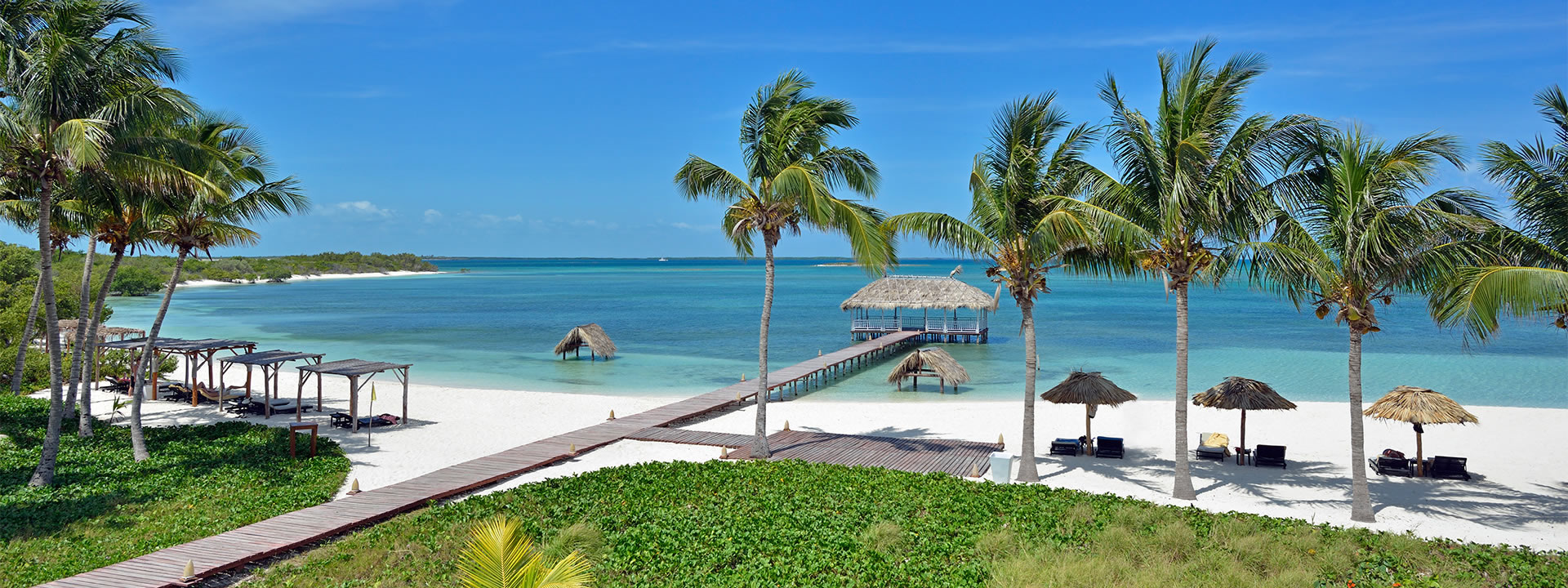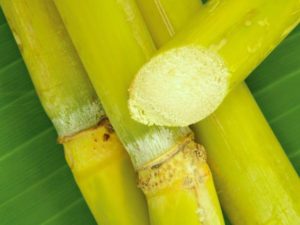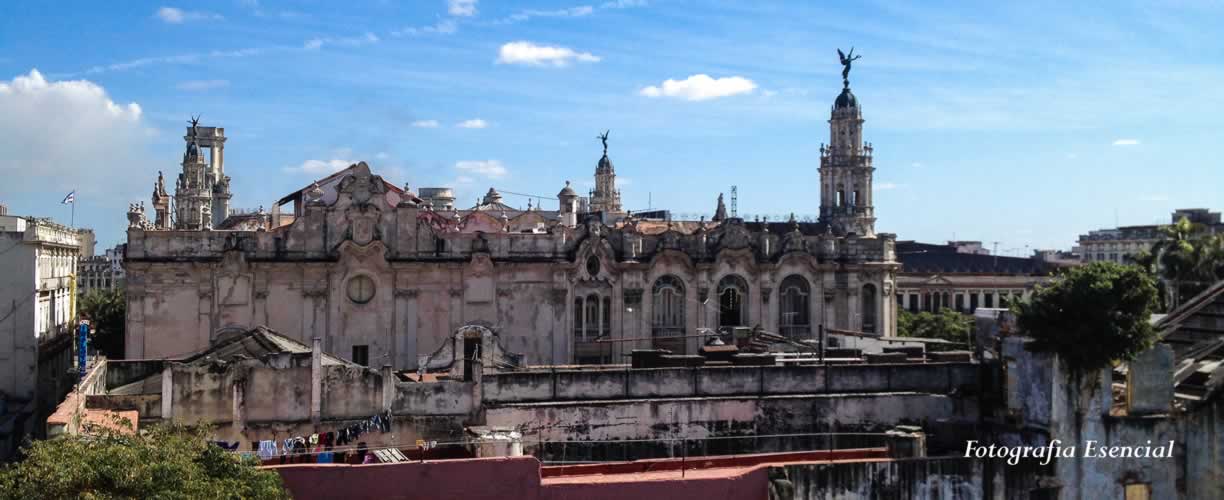 CURIOSIDADES HISTORICAS: EL AZUCAR PROPICIÓ EL VIAJE DE CRISTOBAL COLON A LAS AMERICAS.
CURIOSIDADES HISTORICAS: EL AZUCAR PROPICIÓ EL VIAJE DE CRISTOBAL COLON A LAS AMERICAS.
En un recorrido a traves del rumbo del Almirante Cristobal Colon a las Americas este trajo al nuevo continente lo que seria en un tiempo producto exportables basico para Cuba y otros muchos paises, la caña de azúcar, pero Ud quizas no conozca que la sacarosa propició el viaje del Almirante a esta parte del mundo.
Una investigación histórica realizada por el Ing. Arodis Caballero Núñez, director general del Instituto Cubano de Investigaciones de los Derivados de la Caña de Azúcar (Icidca), reveló que el suegro de Colón fabricaba azúcar en las Islas Madeira.
El futuro Gran Almirante de la Mar Oceánica comandaba por entonces una embarcación en la cual transportaba azúcar, y en un viaje a Inglaterra, luego le cargaron el barco con mercancías para Islandia. Fue allí donde conoció de los viajes de los vikingos y confirmó que el planeta es redondo y que se puede encontrar otras tierras navegando hacia el oeste.
Desde entonces, no descansó en su empeño de realizar la hazaña que lo trajo a América.
EL AZUCAR VIAJA A CUBA Y AMERICA.
En su cuarto y último viaje, realizado entre 1502 y 1504, Colón introdujo la caña de azúcar en la isla de La Española, donde hoy radican Haití y Santo Domingo, que pronto se convirtió en el mayor productor del dulce en el mundo.
Ese liderazgo pasó a Cuba, a finales del siglo XVIII, cuando la Revolución de Haití hizo que los fabricantes huyeran hacia el mayor archipiélago de Las Antillas e impulsaran esa industria.
Estos sucesos condujeron al principalísimo papel que ha tenido, y aun tiene, el azúcar en la economía y la nacionalidad cubana.
El Dr. Miguel Barnet Lanza, insigne poeta, narrador, ensayista y etnólogo, afirma que “no se puede hablar del azúcar sin hablar de la cultura; están indisolublemente ligadas.
“En el sistema intensivo de plantación se generó casi todo lo importante de las raíces de la cultura popular cubana, alrededor de la chimenea, de la campana del ingenio, del barracón…”
Precisa Barnet, que las grandes oleadas de esclavos, procedentes del golfo de Guinea, sobre todo del suroeste de Nigeria, trajeron la cultura Lucumí o Yorubá, como la llaman ahora algunos antropólogos, la cual generó muchas de las tradiciones con las cuales convivimos, y configuró lo que se llama santería o Regla de Ocha.
“Pero antes —completa el insigne etnólogo—, habían llegado también las culturas bantú, de las márgenes del río Congo, desde el siglo XVII y, por supuesto, siguieron llegando hasta el XIX, quiere decir que todo lo que es importante en la espiritualidad, en el imaginario del cubano, surge a partir del desarrollo de la industria básica de nuestro país, que es la industria azucarera”.
La nacionalidad cubana ha sido y es fruto de esa industria. Aqui termina nuestras curiosidades de hoy.
 HISTORIC CURIOSITIES: SUGAR LED THE JOURNEY OF CRISTOBAL COLON TO THE AMERICAS.
HISTORIC CURIOSITIES: SUGAR LED THE JOURNEY OF CRISTOBAL COLON TO THE AMERICAS.
On a journey through the course of Admiral Cristobal Colon to the Americas, this brought to the new continent what would be a basic exportable product for Cuba and many other countries, sugar cane, but you may not know that sucrose led to Admiral’s trip to this part of the world.
A historical investigation carried out by Ing. Arodis Caballero Núñez, general director of the Cuban Research Institute of Sugar Cane Derivatives (Icidca), revealed that Columbus’s father-in-law made sugar in the Madeira Islands.
The future Grand Admiral of the Oceanic Sea then commanded a vessel in which he transported sugar, and on a trip to England, then the ship was loaded with goods for Iceland. It was there that he learned about the Vikings’ trips and confirmed that the planet is round and that other lands can be found sailing west.
Since then, he did not rest in his efforts to perform the feat that brought him to America.
SUGAR TRAVELS TO CUBA AND AMERICA.
On his fourth and last trip, made between 1502 and 1504, Columbus introduced sugarcane on the island of Hispaniola, where Haiti and Santo Domingo now live, which soon became the largest producer of candy in the world.
That leadership passed to Cuba at the end of the 18th century when the Haitian Revolution caused manufacturers to flee to the largest archipelago of the Antilles and boost that industry.
These events led to the main role that sugar has had, and still has, in the Cuban economy and nationality.
Dr. Miguel Barnet Lanza, distinguished poet, narrator, essayist, and ethnologist, affirms that “one cannot speak of sugar without speaking of culture; they are inextricably linked.
“In the intensive planting system, almost everything important from the roots of Cuban popular culture was generated, around the chimney, the bell of the sugar mill, the barracks…”
Barnet points out that the great waves of slaves, from the Gulf of Guinea, especially from the southwest of Nigeria, brought the Lucumí or Yorubá culture, as some anthropologists now call it, which generated many of the traditions with which we live, and set up what is called santeria or Rule of Ocha.
“But before – the distinguished ethnologist completes – the Bantu cultures had also arrived, from the banks of the Congo River, from the 17th century and, of course, they continued until the 19th century, which means that everything that is important in spirituality, in the Cuban imaginary, it arises from the development of the basic industry of our country, which is the sugar industry ”.
The Cuban nationality has been and is the result of that industry. Here end our curiosities today.
Agencies/ Radio Encycl./ Eduardo Gonzalez/ Extractos/ Excerpts/ Internet Photos/ Arnoldo Varona/ www.TheCubanHistory.com
THE CUBAN HISTORY, HOLLYWOOD.









